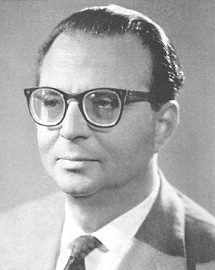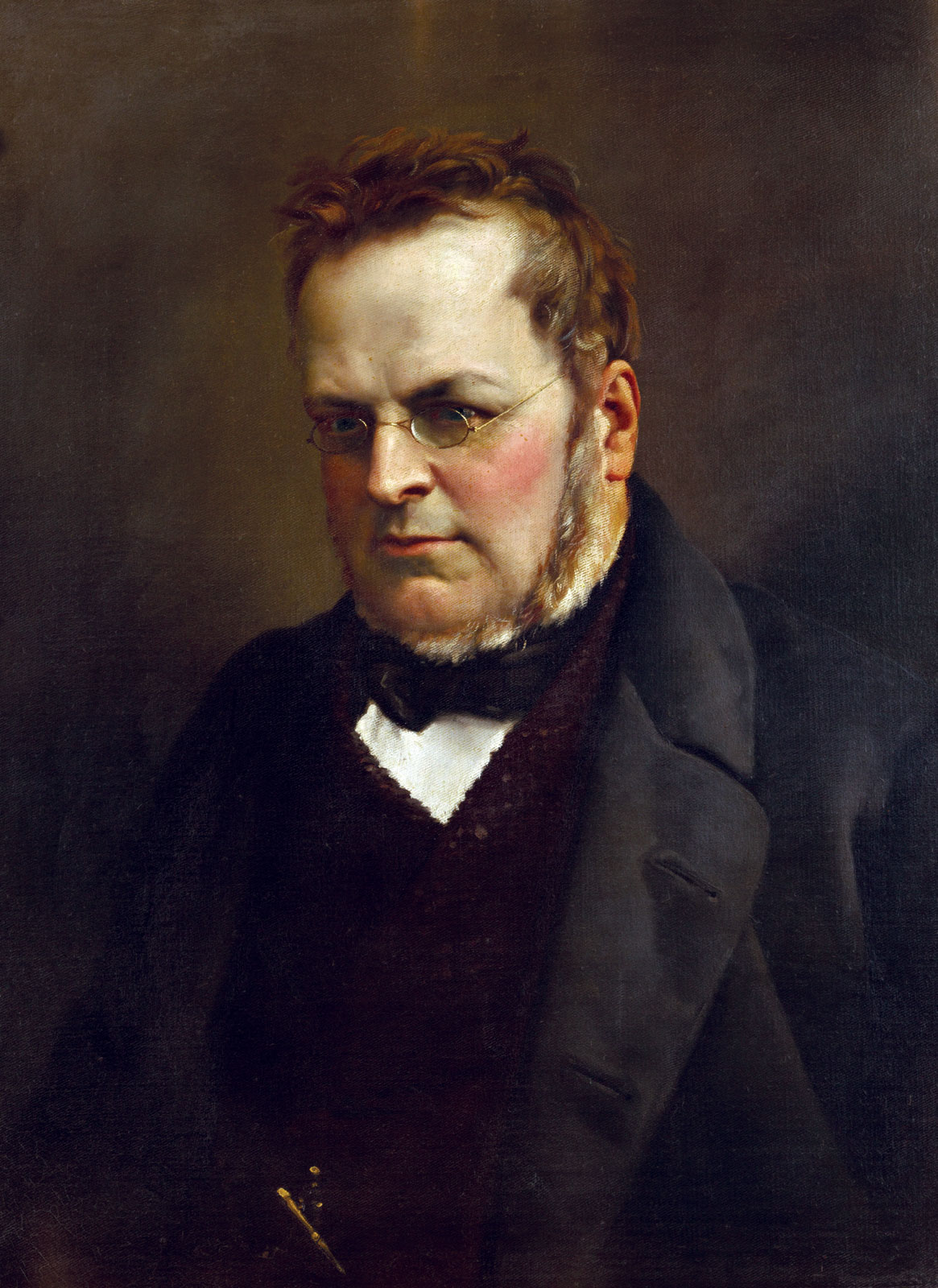|
Stefano Siglienti
Stefano Siglienti (1898 – 1971) was an Italian banker and politician who served as the minister of finance from 18 June until 12 December 1944. He held several banking posts until his death. Early life and education Hailed from intellectual bourgeois family Siglienti was born in Sassari on 17 January 1898 to Alberto Siglienti, a lawyer, and Francesca Conti. He received a law degree in 1921. Career and activities Following graduation from high school Siglienti began to work at a local bank in Sassari. He took part in World War I as a second lieutenant and was decorated by the King in July 1918 due to his activities in the war. He was one of the founders of the Action Party in Sardinia. From 1923 he began to work at the Sardinian Land Bank of which he would become deputy director general in 1945. In 1925 he moved to Rome and contributed to the publications, including '' Il Mondo'' and '' Il Becco Giallo''. In 1929 he involved in the formation of Giustizia e Libertà (GL), an an ... [...More Info...] [...Related Items...] OR: [Wikipedia] [Google] [Baidu] |
Italian Minister Of Finance
This is a list of Italian Ministers of Finance, from 1861 to present. List of Ministers of Finance Kingdom of Italy (1861–1946) ;Parties: *1861–1912: ** ** *1914–1922: ** ** ** ** ** *1922–1943: ** *1943–1946: ** ** ** ** ;Coalitions * ** ** ** * ** * ** * ** Italian Republic (1946–present) ;Parties: *1946–1994: ** ** ** ** ** ** ** *1994–present: ** ** ** ** ** ;Governments: * ** ** ** ** * ** ** ** References {{reflist Lists of government ministers of Italy, Finance ... [...More Info...] [...Related Items...] OR: [Wikipedia] [Google] [Baidu] |
Ugo La Malfa
Ugo La Malfa (16 May 1903 – 26 March 1979) was an Italian politician and an important leader of the Italian Republican Party (''Partito Repubblicano Italiano''; PRI). Early years and anti-fascist resistance La Malfa was born in Palermo, Sicily. After completing his secondary schooling, he enrolled in the Ca' Foscari University of Venice in the Department of Diplomatic Sciences with professors Silvio Trentin and Gino Luzzatto. During his years at the university, he had contacts within the republican movement of Treviso and other anti-fascist groups. In 1924, he moved to Rome, and participated in the foundation of the Goliardic Union for Freedom. On 14 June 1925, he took part in the first conference of the National Democratic Union, founded by Giovanni Amendola. The movement was later declared illegal under Mussolini's fascist government. In 1926 he graduated from university with a thesis dealing sharply with human rights. During his military service, he was transferred to S ... [...More Info...] [...Related Items...] OR: [Wikipedia] [Google] [Baidu] |
La Nuova Sardegna
''La Nuova Sardegna'' is an Italian regional daily newspaper for the island of Sardinia. History and profile ''La Nuova Sardegna'' was founded in 1891 by Enrico Berlinguer, grandfather and namesake of Enrico Berlinguer, national secretary of the Italian Communist Party. The paper has its headquarters in Sassari. ''La Nuova Sardegna'' was acquired by Gruppo Editoriale L'Espresso GEDI Gruppo Editoriale S.p.A., formerly known as Gruppo Editoriale L'Espresso S.p.A. is an Italian media conglomerate. Founded in 1955, it is based in Turin, Italy. History In 2009, the group L'Espresso created an online advertising consortium ... in 1980. The 2008 circulation of ''La Nuova Sardegna'' was 59,819 copies. ''Accertamenti Diffusione Stampa''. The Espresso Group repor ... [...More Info...] [...Related Items...] OR: [Wikipedia] [Google] [Baidu] |
Mario Berlinguer
Mario Berlinguer (; Sassari, 29 August 1891 – Rome, 5 September 1969) was an Italian lawyer and politician. He descended from a noble Sardinians, Sardinian family of Catalans, Catalan origins. As many of his ancestors, he belonged to the Freemasonry in Italy, Italian Freemasonry and was Great Master (33rd Scottish Rite Mason) of the regular lodge of Sassari, affiliated to the Grand Orient of Italy. Biography Born in Sassari, in his youth he was a follower of the Meridionalist activist Gaetano Salvemini. After his graduation in law he collaborated with the newspaper ''La Nuova Sardegna'' and other Italian newspapers. He was elected to the Italian Chamber of Deputies in 1924. The following year he founded the clandestine newspaper ''Sardegna libera'' ("Free Sardinia") which attracted him the hostility of the Fascist regime. His sister, Ines, was among the anti-Fascist figures and was married to Stefano Siglienti. After the armistice with Italy (September 1943), he joined the Act ... [...More Info...] [...Related Items...] OR: [Wikipedia] [Google] [Baidu] |
Associazione Bancaria Italiana
Associazione Bancaria Italiana is the trade association of Italian banks. The association was founded in 1919, few years after the Association of Italian Saving Banks (ACRI, founded 1912), the Association of Italian Rural Credit Unions (''Cassa Rurale ed Artigiana'', founded 1915) and more than 40 years after the Association of Popular Banks of Italy (''Banca Popolare'', founded 1876). Chairmen * Maurizio Sella (Banca Sella) * Giuseppe Mussari (Banca Monte dei Paschi di Siena, ?–2013) * Antonio Patuelli (Cassa di Risparmio di Ravenna La Cassa di Ravenna S.p.A., formerly Cassa di Risparmio di Ravenna S.p.A. and Cassa di Risparmio di Ravenna, is an Italian savings bank. The bank is based in Ravenna, Emilia-Romagna region. The bank also has branches in Ancona and Gabicce Mare in M ..., 2013–) References External links * Banking in Italy Business organisations based in Italy Organizations established in 1919 1919 establishments in Italy {{Italy-org-stub ... [...More Info...] [...Related Items...] OR: [Wikipedia] [Google] [Baidu] |
National Council (Italy)
The National Council (''Consulta Nazionale'') was an unelected provisional legislative assembly set up in the Kingdom of Italy after the end of World War II. It fulfilled the roles of parliament until regular elections could be held. It first sat on 25 September 1945 and was dissolved after the national elections on 2 June 1946, which formed the first Constituent Assembly of Italy. History The Legislative Decree n. 146 of 5 April 1945 established the National Council, declaring that its purpose was to give opinions and solutions on general problems and on legislative measures promoted by the Italian government. The government was obliged to hear the opinion of the Council on certain matters such as state budget, taxes and electoral laws. The Council, divided into 10 commissions, ratified, among other laws, the legislative decree that assigned to a popular referendum the choice between monarchy and republic. It also ratified a law that allowed the universal suffrage for the first ... [...More Info...] [...Related Items...] OR: [Wikipedia] [Google] [Baidu] |
Banca IMI
Banca IMI is a subsidiary of Intesa Sanpaolo which is specialized in investment banking and capital markets. The bank can trace its origins to the Istituto Mobiliare Italiano. IMI merged with Istituto Bancario San Paolo di Torino to form Sanpaolo IMI in 1998 (through which a new subsidiary of the new group ''Banca d'Intermediazione Mobiliare'' was created ), which in turn merged with Banca Intesa Banca Intesa S.p.A. was an Italian banking group. It was formed in 1998. In the next year the banking group merged with another bank Banca Commerciale Italiana to become IntesaBCi. However, the name of the group was reverted to Banca Intesa in 2 ... in January 2007. In October Banca IMI (as ''Banca d'Intermediazione Mobiliare IMI S.p.A.'') absorbed the corresponding subsidiary of Intesa: Banca Caboto to become the new ''Banca IMI S.p.A.''. References External links * Banks of Italy Intesa Sanpaolo subsidiaries Sanpaolo IMI Banks established in 1931 Italian companies estab ... [...More Info...] [...Related Items...] OR: [Wikipedia] [Google] [Baidu] |
Prime Minister Of Italy
The Prime Minister of Italy, officially the President of the Council of Ministers ( it, link=no, Presidente del Consiglio dei Ministri), is the head of government of the Italian Republic. The office of president of the Council of Ministers is established by articles 92–96 of the Constitution of Italy; the president of the Council of Ministers is appointed by the president of the Republic and must have the confidence of the Parliament to stay in office. Prior to the establishment of the Italian Republic, the position was called President of the Council of Ministers of the Kingdom of Italy (''Presidente del Consiglio dei ministri del Regno d'Italia''). From 1925 to 1943 during the Fascist regime, the position was transformed into the dictatorial position of Head of the Government, Prime Minister Secretary of State (''Capo del Governo, Primo Ministro Segretario di Stato'') held by Benito Mussolini, Duce of Fascism, who officially governed on the behalf of the king of It ... [...More Info...] [...Related Items...] OR: [Wikipedia] [Google] [Baidu] |
Bonomi II Cabinet
The Bonomi II government of Italy held office from 18 June until 12 December 1944, a total of 177 days, or 5 months and 27 days. Government parties The government was composed by the following parties: Composition References {{Governments of the Kingdom of Italy Italian governments 1944 establishments in Italy 1944 disestablishments in Italy ... [...More Info...] [...Related Items...] OR: [Wikipedia] [Google] [Baidu] |
Ardeatine Massacre
The Ardeatine massacre, or Fosse Ardeatine massacre ( it, Eccidio delle Fosse Ardeatine), was a mass killing of 335 civilians and political prisoners carried out in Rome on 24 March 1944 by German occupation troops during the Second World War as a reprisal for the Via Rasella attack in central Rome against the SS Police Regiment Bozen the previous day. Subsequently, the Ardeatine Caves site (''Fosse Ardeatine'') was declared a Memorial Cemetery and National Monument open daily to visitors. Every year, on the anniversary of the slaughter and in the presence of the senior officials of the Italian Republic, a solemn state commemoration is held at the monument in honour of the fallen. Each year, 335 names are called out, a simple roll call of the dead, to reinforce that 335 discrete individuals symbolise a collective entity. Historical background In July 1943, the Allies landed on the island of Sicily, preparing to invade the mainland, and Rome was bombed for the first time. ... [...More Info...] [...Related Items...] OR: [Wikipedia] [Google] [Baidu] |
Fascist Italy (1922–1943)
The Kingdom of Italy was governed by the National Fascist Party from 1922 to 1943 with Benito Mussolini as prime minister. The Italian Fascists imposed authoritarian rule and crushed political and intellectual opposition, while promoting economic modernization, traditional social values and a rapprochement with the Roman Catholic Church. According to Payne (1996), " heFascist government passed through several relatively distinct phases". The first phase (1922–1925) was nominally a continuation of the parliamentary system, albeit with a "legally-organized executive dictatorship". The second phase (1925–1929) was "the construction of the Fascist dictatorship proper". The third phase (1929–1934) was with less interventionism in foreign policy. The fourth phase (1935–1940) was characterized by an aggressive foreign policy: the Second Italo-Ethiopian War, which was launched from Eritrea and Somaliland; confrontations with the League of Nations, leading to sanctions; growin ... [...More Info...] [...Related Items...] OR: [Wikipedia] [Google] [Baidu] |



